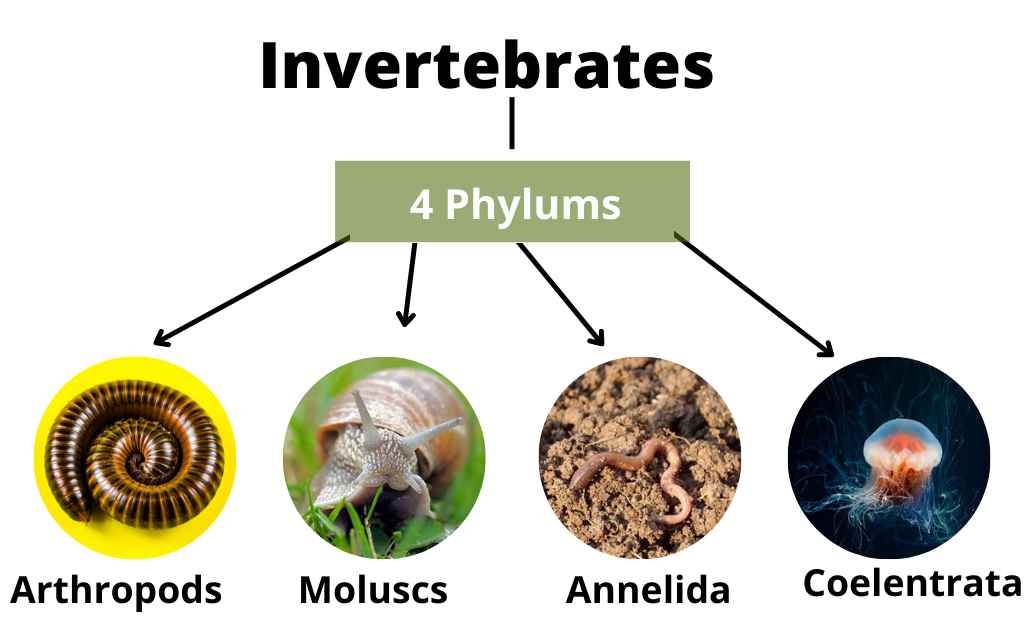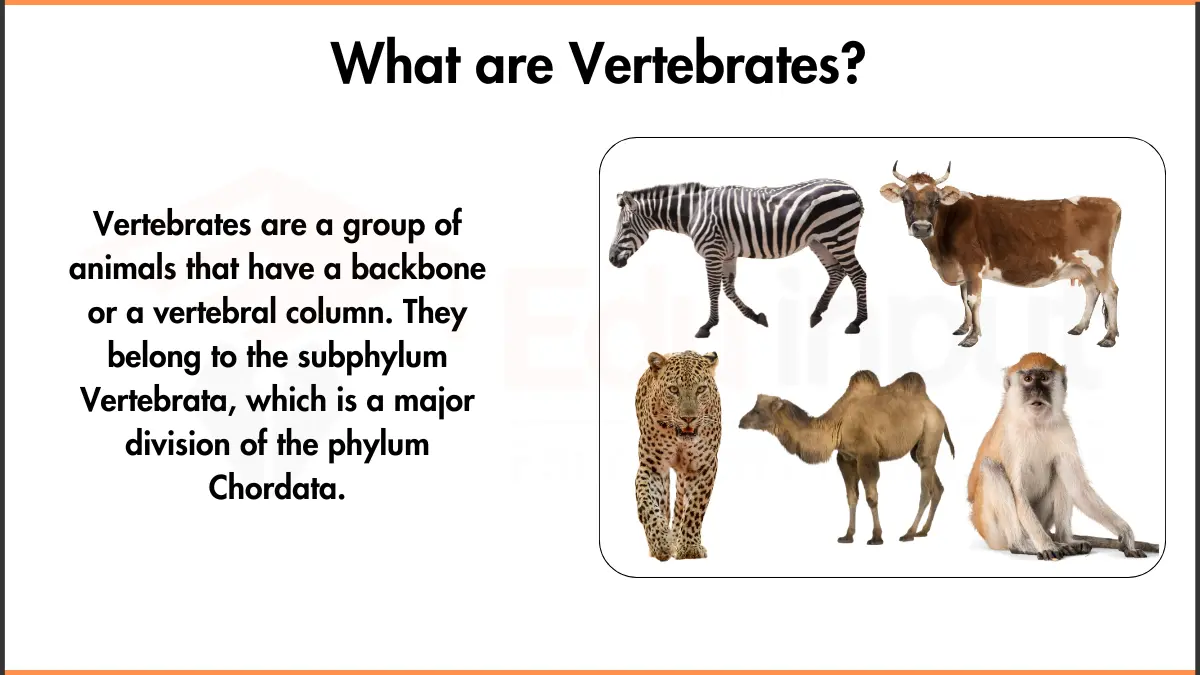Invertebrate Coelomic Fluid And Hemolymph
Many body fluids circulate throughout the body. They play a vital role in maintaining homeostasis (the state of balance within the body) and regulating bodily functions such as digestion, metabolism, immune response, and reproduction.
Explore different invertebrates examples.
1. Coelomic Fluid
Coelomic fluid is used for circulation in some animals like echinoderms and annelids. It is used as a supplementary or sole circulatory system. Coelom Circ fluid is identical in composition to interstitial fluids. Sometimes, it may be different hem from interstitial fluid for specific proteins and cells. Coelomic fluid transport gases, nutrients, and waste products. It also functions as a hydrostatic skeleton in certain invertebrates.
2. Hemolymph ( Hama, Blood+ Lymph, Water)
Hemolymph is a circulating fluid in animals with an open circulatory system. Most arthropods, ascidians, and many mollusks have hemolymph. In these animals, the heart pumps hemolymph into vessels at low pressures. These vessels transfer hemolymph to tissue spaces (hemocoel) and sinuses. The hemolymph volume is high. But they have slow circulation. The circulation of hemolymph transports the gases, nutrients, and wastes in the body.
Non-Circulatory Functions Of Hemolymph
Hemolymph also has a non-circulatory function. These are:
1. It helps in monitoring old cuticles in insects.
2. It also helps in the inflation (flapping) of the wings.
3. Hemolymph provides a hydraulic mechanism in certain jumping spiders.
4. Hydrostatic pressure is also used for the extension of limbs.
3. Blood Cells or Hemocytes
Circulating cells or blood cells or hemocytes circulate in the coelomic fluid, hemolymph, or blood of most animals. There are the following types of cells:
1. Red blood cells (erythrocytes): Red blood cells contain a respiratory pigment called hemoglobin. These cells are present in greater numbers. They help in the transport of oxygen.
2. Cells without respiratory pigments: These cells have other functions like blood clotting.
3. Hemocytes: The blood of the annelid contains hemocytes. Hemocytes are phagocytes.
4. Coelomocytes: The coelomic fluid contains different types of coelomocytes. Some of them are amoebocytes, melanocytes, lymphocytes, and monocytes. These cells function in phagocytosis, glycogen storage, encapsulation, defense responses, and excretion.
5. Hemocytes in mollusks: The hemolymph of mollusks has two general types of hemocytes: These are amoebocytes and granulocytes. They perform different functions like transport, phagocytosis, etc. They also cause creation (pearl formation) in some bivalves.
6. The hemolymph insect contains large numbers of different hemocytes. The hemocytes function in phagocytosis, encapsulation, and clotting.







Leave a Reply